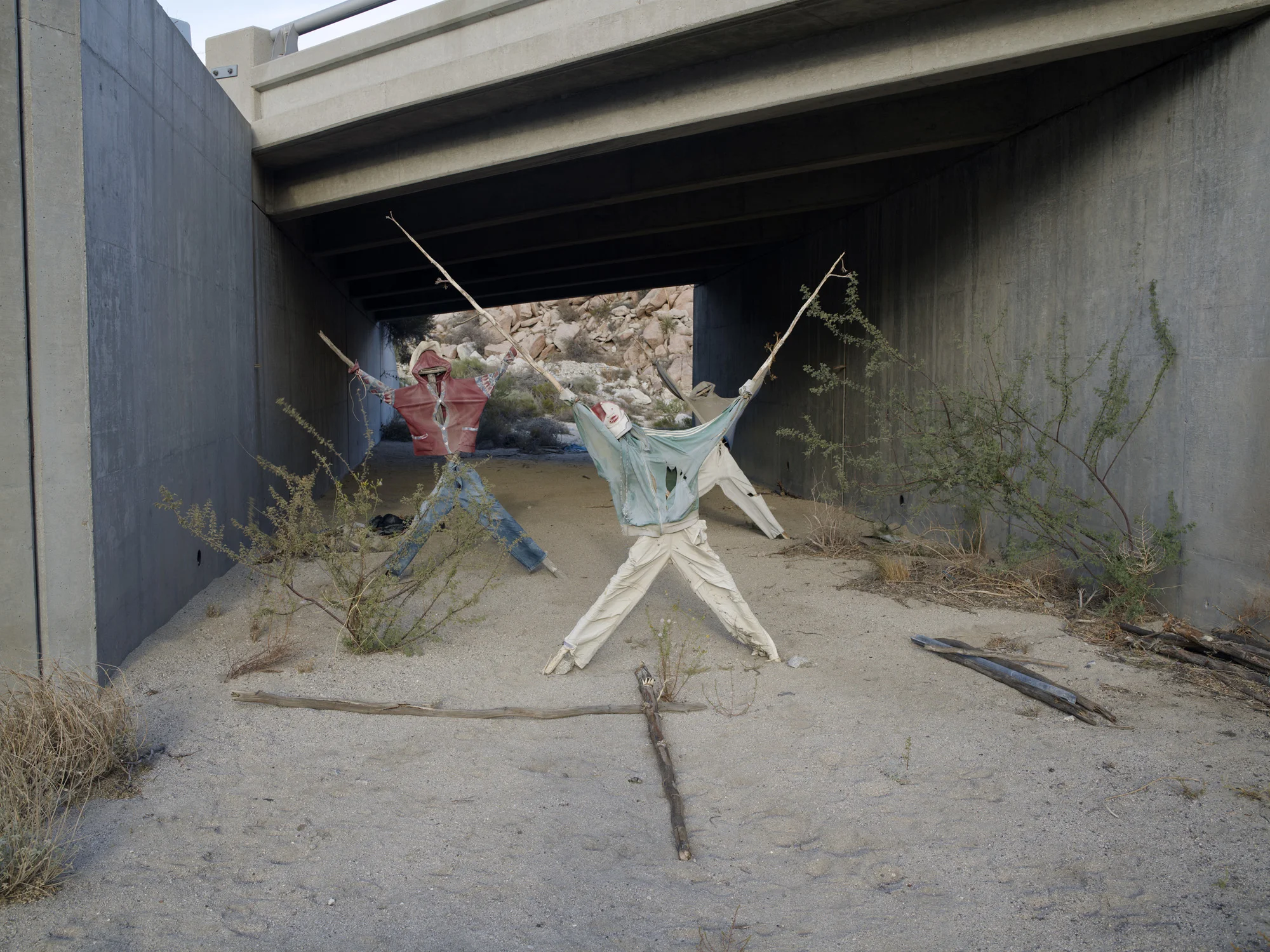Exhibition Review: Irving Penn’s Photographism at Pace Gallery
Irving Penn, Girl Behind Bottle, New York, 1949 © The Irving Penn Foundation
By Sara Beck
In the 1940s, Irving Penn, originally trained as a painter, began his photography career working for Vogue and various other fashion magazines. At a time when photography was still emerging as an art form, Penn was largely responsible for the modernization of the medium’s fundamentals. His experimental style is iconic today; when viewing his images, one can immediately see how Penn drew inspiration from drawing, sculpture, and graphic design to inform his own photographic technique. He deemed the defining elements of his approach his “photographism,” a term honored in the exhibition title. Rather than focusing on a specific linear trajectory or chronology of his career, Photographism categorizes Penn’s life’s work in six different ways, showcasing how his multifaceted inspirations influenced his photography.
Irving Penn, Ginkgo Leaves, New York, 1990 © The Irving Penn Foundation
One segment of the exhibition is dedicated to how drawing and typography relate to Penn’s artistic style, highlighting the ways in which his photographs often take on the appearance of a printed page. With high-contrast, minimal color palettes, Penn crafted timeless images that have a crisp, almost animated quality due to their exaggerated lines and flattened forms. Related to this is the section dedicated to his longtime collaboration with fashion designer Issey Miyake; again, the subjects of these images take on animated qualities. Penn understood that Miyake’s garments have a transformative quality, converting the human body into a more abstract, geometric form. Using this understanding, he made the clothing come to life in his images by employing poses inspired by choreographed art forms such as dance and martial arts.
Irving Penn, Bedside Lamp, New York, 2006 © The Irving Penn Foundation
Penn’s interest in surrealism is also highlighted in Photographism, particularly with his food photography. In these renowned images, Penn often meshed happenstance with calculation, pairing seemingly incompatible ideas with one another—as a result of this juxtaposition, these images connote emotions which, again, do not seem to match their subject matter, often evoking a sense of discomfort in many viewers.
Irving Penn, Eye In Keyhole, New York, 1953 © The Irving Penn Foundation
References to painting and sculpture, two mediums Penn actively hoped to channel in his photography, comprise two of the exhibition’s categories of Penn’s work. “What I yearn for as a photographer is someone who will connect the work of photographers to that of sculptors and painters of the past,” Penn stated. The sixth piece of Photographism, however, looks at how Penn’s work can serve as an inquiry into the field of photography itself. For example, his photographs of the human eye create the illusion that the camera is looking at the viewer, or perhaps back at the photographer. The concept of parallels, central to the exhibition and to Penn’s work as a whole, appears again here. This is as important a takeaway as any—despite the prowess he demonstrated over the course of an eighty-year-long career, Penn claimed to have “always stood in awe of the camera” himself.
Irving Penn: Photographism is on view through February 13, 2021, at Pace Gallery, 540 West 25th Street, New York.










